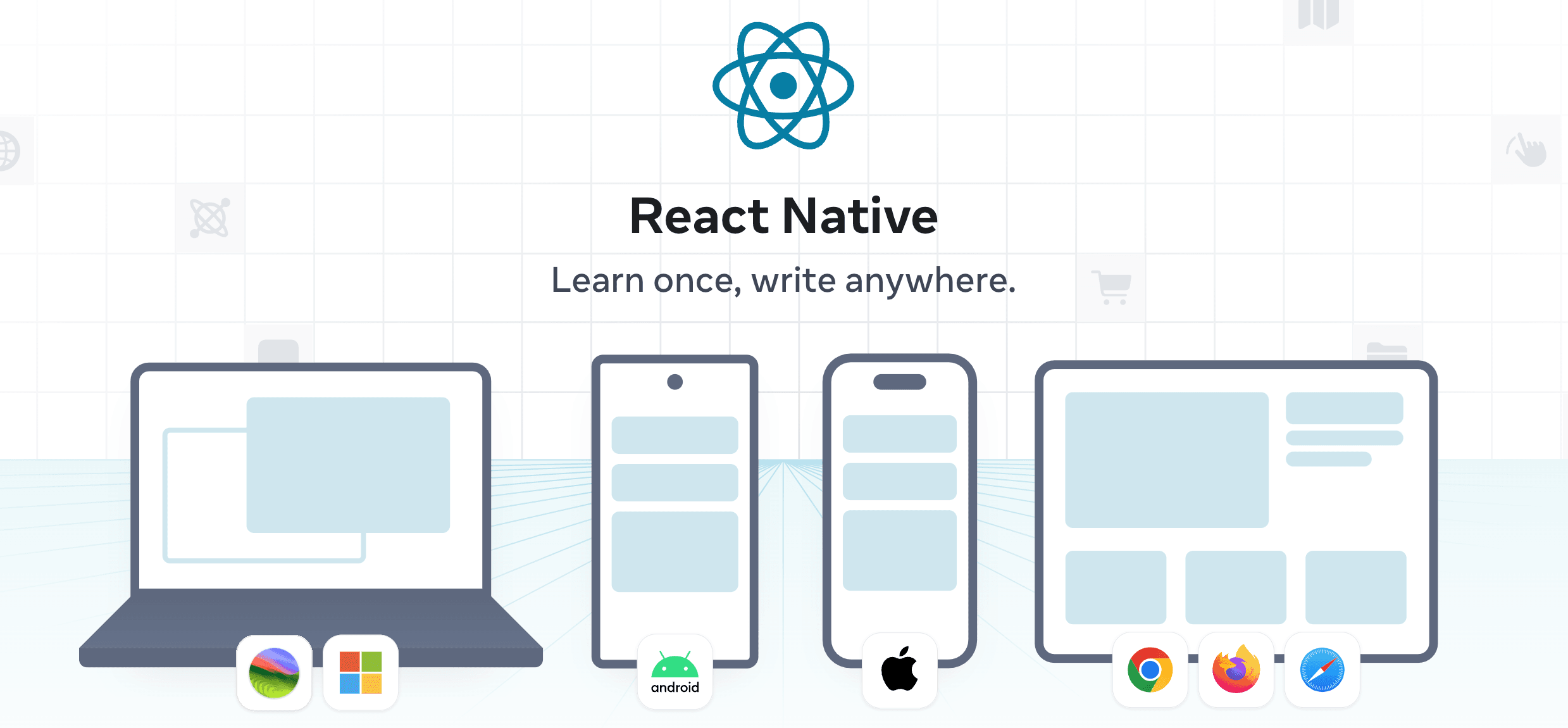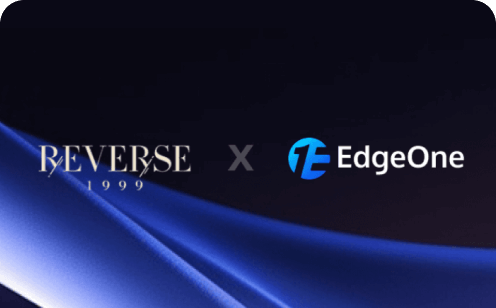Understanding React and React Native: How to Make the Right Choice?
In the world of web and mobile development, React and React Native have emerged as two of the most popular frameworks. Both are developed by Facebook and share some similarities, but they serve different purposes and have distinct features. This blog post will delve into what React and React Native are, their differences, similarities, and how to choose between them.
What is React?
React is an open-source JavaScript library used for building user interfaces, particularly for single-page applications where you need a fast and interactive user experience. It allows developers to create large web applications that can change data without reloading the page. The primary goal of React is to be fast, scalable, and simple.

Key Features of React:
- Component-Based Architecture: React is built around the concept of components, which are reusable pieces of code that return a React element to be rendered to the page. This modular approach makes it easier to manage and scale applications.
- Virtual DOM: React uses a virtual DOM to improve performance. Instead of manipulating the actual DOM directly, React creates a virtual representation of the DOM. When changes are made, React updates the virtual DOM first and then compares it with the real DOM, applying only the necessary changes.
- Declarative UI: React allows developers to describe what the UI should look like for any given state of the application. This makes it easier to understand and debug the code.
- Unidirectional Data Flow: Data in React flows in one direction, from parent to child components. This makes the application more predictable and easier to debug.
- JSX: React uses JSX, a syntax extension that allows developers to write HTML-like code within JavaScript. This makes it easier to create and visualize the UI components.
Advantages of React:
- Strong Community Support: With a large community, developers can find numerous resources, libraries, and tools to enhance their projects.
- Flexibility: React can be integrated with other libraries or frameworks, allowing developers to choose the best tools for their needs.
- SEO Friendly: React can be rendered on the server side, which can improve SEO for web applications.
Challenges of React:
- Learning Curve: New developers may find it challenging to grasp concepts like JSX, state management, and the component lifecycle.
- Rapid Changes: The React ecosystem evolves quickly, which can make it difficult to keep up with best practices and new features.
- State Management Complexity: Managing state in larger applications can become complex, often requiring additional libraries like Redux or Context API.
- Performance Issues: While React is optimized for performance, improper use of components can lead to performance bottlenecks.
- Tooling and Configuration: Setting up a React project can require a lot of configuration, especially when integrating with other tools.
What is React Native?
React Native is a framework for building mobile applications using JavaScript and React. It allows developers to create applications for both iOS and Android platforms using a single codebase. React Native combines the best parts of native development with React, enabling developers to build mobile apps that feel truly native.

Key Features of React Native:
- Cross-Platform Development: With React Native, developers can write code once and deploy it on both iOS and Android platforms, significantly reducing development time and effort.
- Native Components: React Native uses native components instead of web components, which means that the applications built with React Native have a look and feel that is consistent with native apps.
- Hot Reloading: React Native supports hot reloading, allowing developers to see the results of the latest change instantly without losing the state of the application.
- Rich Ecosystem: React Native has a large ecosystem of libraries and tools that can be used to enhance the development process.
- Performance: React Native applications are generally faster than hybrid applications because they use native components and APIs.
Advantages of React Native:
- Native Performance: React Native components are compiled to native code, providing performance close to native applications.
- Large Community and Ecosystem: Similar to React, React Native has a strong community, providing a wealth of libraries and tools.
- Familiarity for React Developers: Developers with React experience can easily transition to React Native, leveraging their existing knowledge.
Challenges of React Native:
- Limited Native Modules: While React Native provides many built-in components, some native features may require custom native modules, which can be complex to implement.
- Performance Limitations: For highly complex applications, React Native may not match the performance of fully native applications.
- Fragmentation: Different versions of iOS and Android can lead to inconsistencies in behavior and appearance across platforms.
- Dependency on Third-Party Libraries: Many features rely on third-party libraries, which may not always be well-maintained or compatible with the latest versions.
- Debugging Complexity: Debugging can be more challenging compared to traditional native development, especially when dealing with native code.
Difference Between React and React Native
Comparison of Differences Between React Native and React:
| Feature | React Native | React |
|---|---|---|
| Purpose | Building native mobile applications. | Well-suited for developing dynamic user interfaces for web applications. |
| Rendering Mechanism | Native components for rendering. | Virtual DOM for rendering. |
| Cross Platform | Write once, run on both iOS and Android. | Web front-end only, does not support native application cross-platform. |
| Styling | Uses Stylesheet objects, which are JavaScript objects. | Uses Cascading Style Sheets (CSS). |
| Navigation | Uses navigation libraries like React Navigation or React Native Navigation. | Uses libraries like React Router for navigation. |
| Development Tools | Dedicated mobile development tools like Xcode and Android Studio. | Web development tools like Visual Studio Code, Webpack, etc. |
Similarities Between React and React Native
Despite their differences, React and React Native share several similarities:
- Component-Based Architecture: Both React and React Native are built around the concept of components, allowing for reusable and modular code.
- JavaScript: Both frameworks use JavaScript as their primary programming language, making it easier for developers familiar with JavaScript to transition between the two.
- Declarative Programming: Both frameworks allow developers to describe what the UI should look like for any given state, making it easier to manage and debug applications.
- Unidirectional Data Flow: Both React and React Native follow a unidirectional data flow, which helps in maintaining the state of the application.
- Ecosystem: Both frameworks have a rich ecosystem of libraries and tools that can be used to enhance development.
How to Choose Between React and React Native?
Choosing between React and React Native depends on the type of application you want to build:
- Web Applications: If you are building a web application, React is the obvious choice. It provides all the tools and features needed to create a responsive and interactive web application.
- Mobile Applications: If you are looking to build a mobile application that runs on both iOS and Android, React Native is the way to go. It allows you to write a single codebase that can be deployed on multiple platforms.
- Skill Set: Consider your team's skill set. If your team is more experienced in web development, React may be the better choice. Conversely, if your team has experience with mobile development, React Native may be more suitable.
- Project Requirements: Analyze the specific requirements of your project. If you need a highly interactive web application, React is ideal. If you need a mobile application with a native look and feel, React Native is the better option.
- Performance Needs: If performance is a critical factor, React Native may offer better performance for mobile applications due to its use of native components.
Deploying React Web App with EdgeOne Pages
Tencent EdgeOne is a comprehensive service designed to deliver fast, secure, and reliable internet access for global users. By integrating advanced technologies such as Content Delivery Network (CDN), Smart Acceleration, and Web Protection, EdgeOne significantly enhances website and application performance, reliability, and security. It provides enterprises with powerful support for expanding their global digital presence.
EdgeOne Pages is a front-end development and deployment platform built on EdgeOne infrastructure, designed for modern web development. It enables developers to quickly build and deploy static sites and serverless applications. By integrating edge function capabilities, it ensures efficient content delivery and dynamic functionality expansion, supporting fast access for users worldwide.
Deploying your React web application on EdgeOne Pages offers remarkable advantages in terms of deployment efficiency and resource accessibility. For a more detailed guide, please refer to this guide.
Conclusion
In conclusion, React and React Native are powerful tools for building modern applications. While they share some similarities, they serve different purposes and are optimized for different platforms. Understanding the differences and similarities between the two will help you make an informed decision on which framework to use for your next project. Whether you choose React for web development or React Native for mobile development, both frameworks offer a robust set of features that can help you create high-quality applications.
Ready to embark on your next react project? Start deploying with just one click - absolutely free.
FAQs
Q1: Are React and React Native the Same?
A1: While React and React Native share some similarities, they are not the same. React is a JavaScript library for building user interfaces, primarily for web applications, while React Native is a framework for building mobile applications using React.
Q2: What is the main difference between React and React Native?
A2: React renders to web browsers using HTML and CSS, whereas React Native renders components using native mobile UI elements, providing a more native look and feel on mobile platforms.
Q3: Can I use the same code in React and React Native?
A3: While some logic and components can be shared, you cannot directly use web-specific React code in React Native. Some modifications are typically required to make the code work on mobile platforms.
Q4: Which is better for mobile app development: React Native or native development?
A4: React Native offers faster development and cross-platform compatibility, but native development might provide better performance and more platform-specific features for complex applications.
Q5: Is React Native good for building production-level mobile apps?
A5: Yes, React Native is used by many large companies like Facebook, Instagram, and Airbnb to build production-level mobile applications with good performance and user experience.

